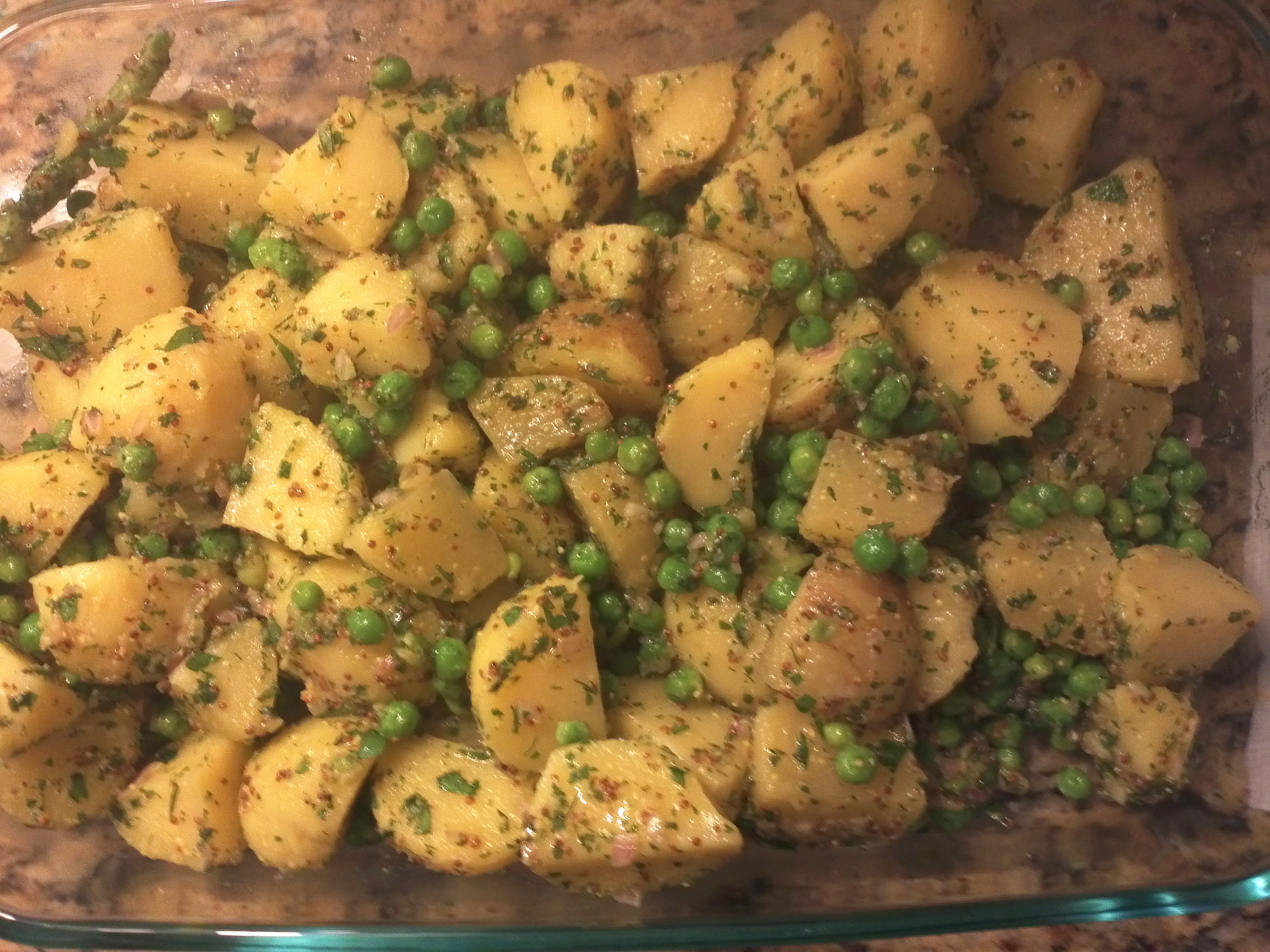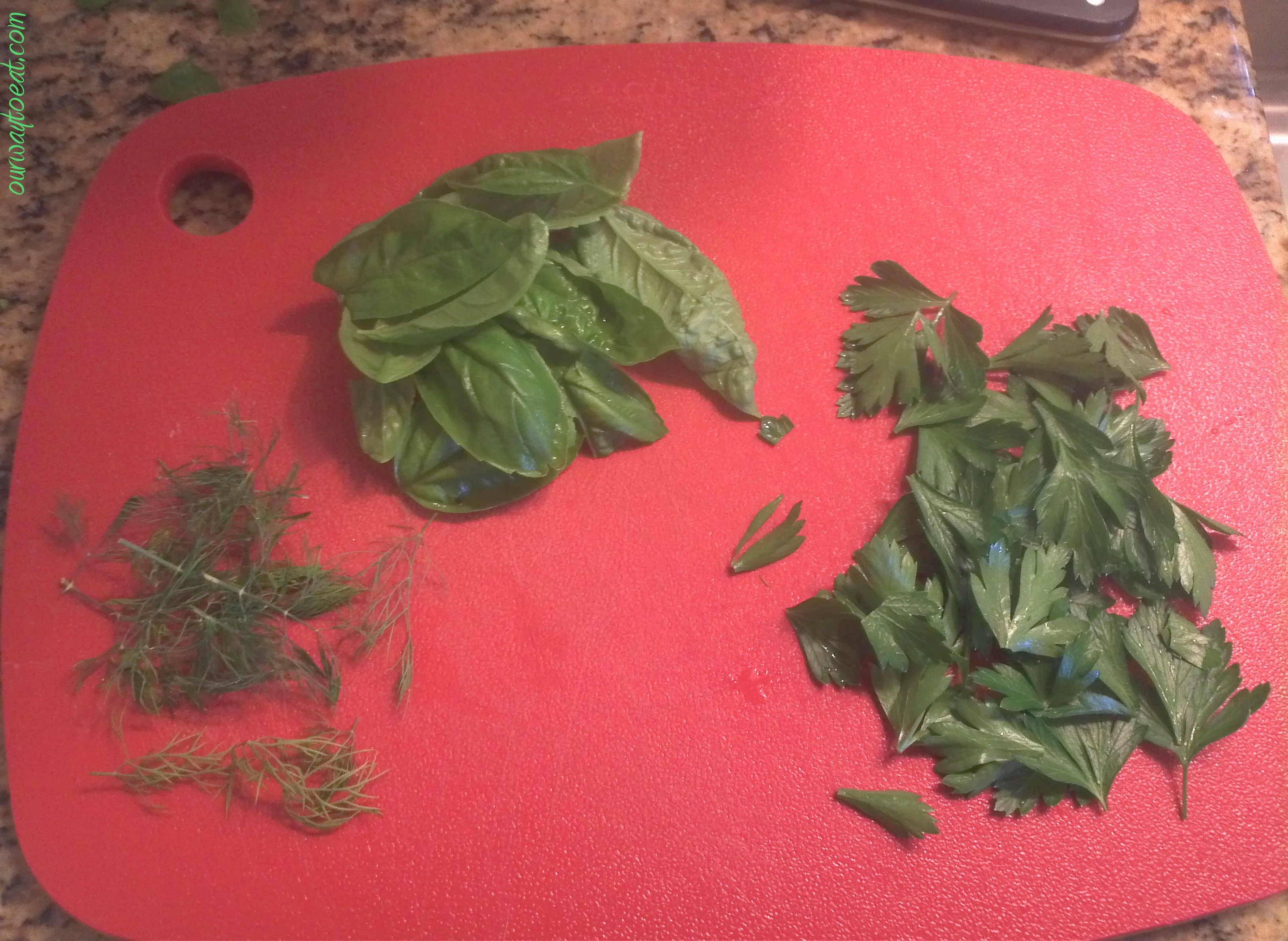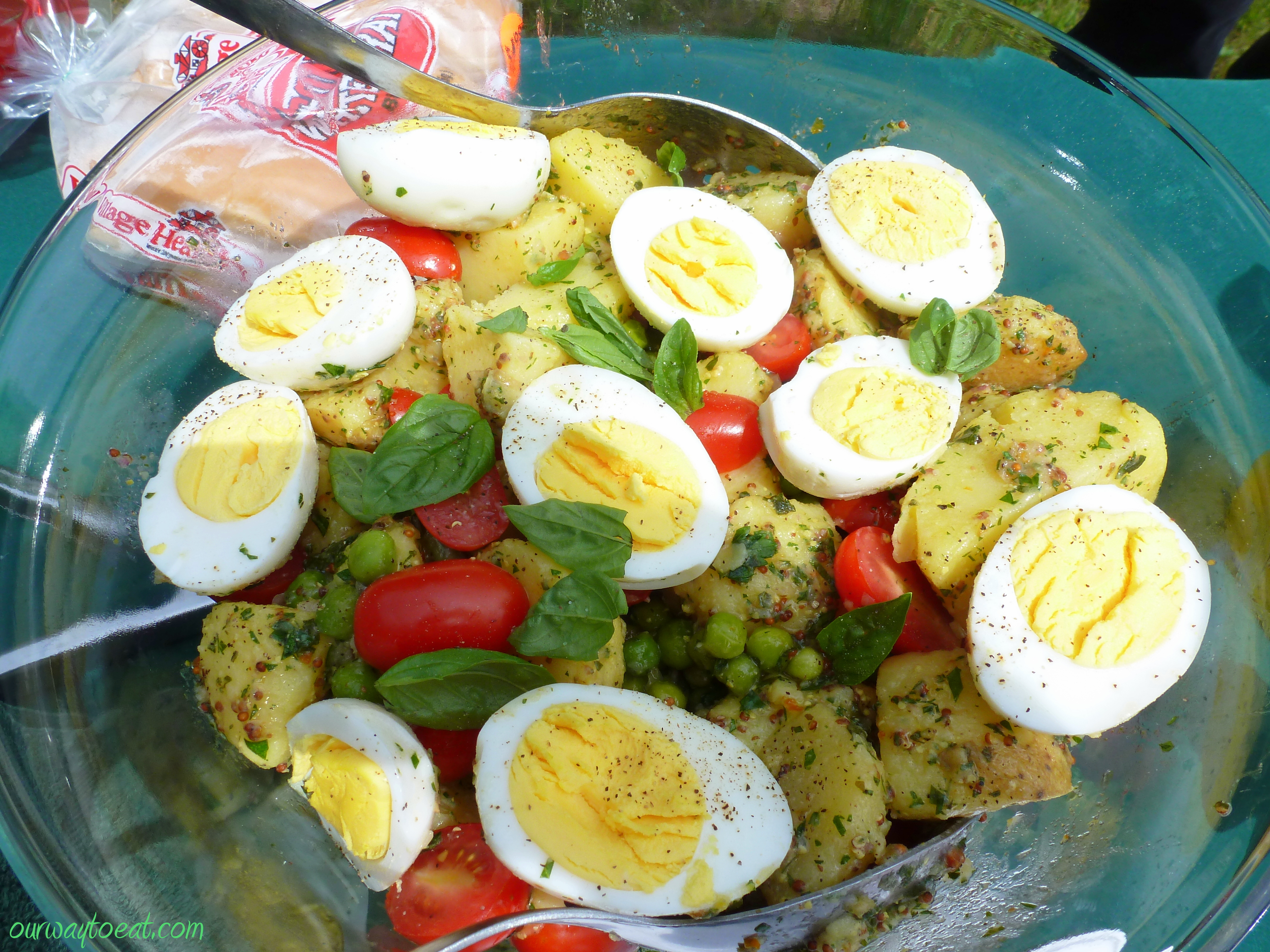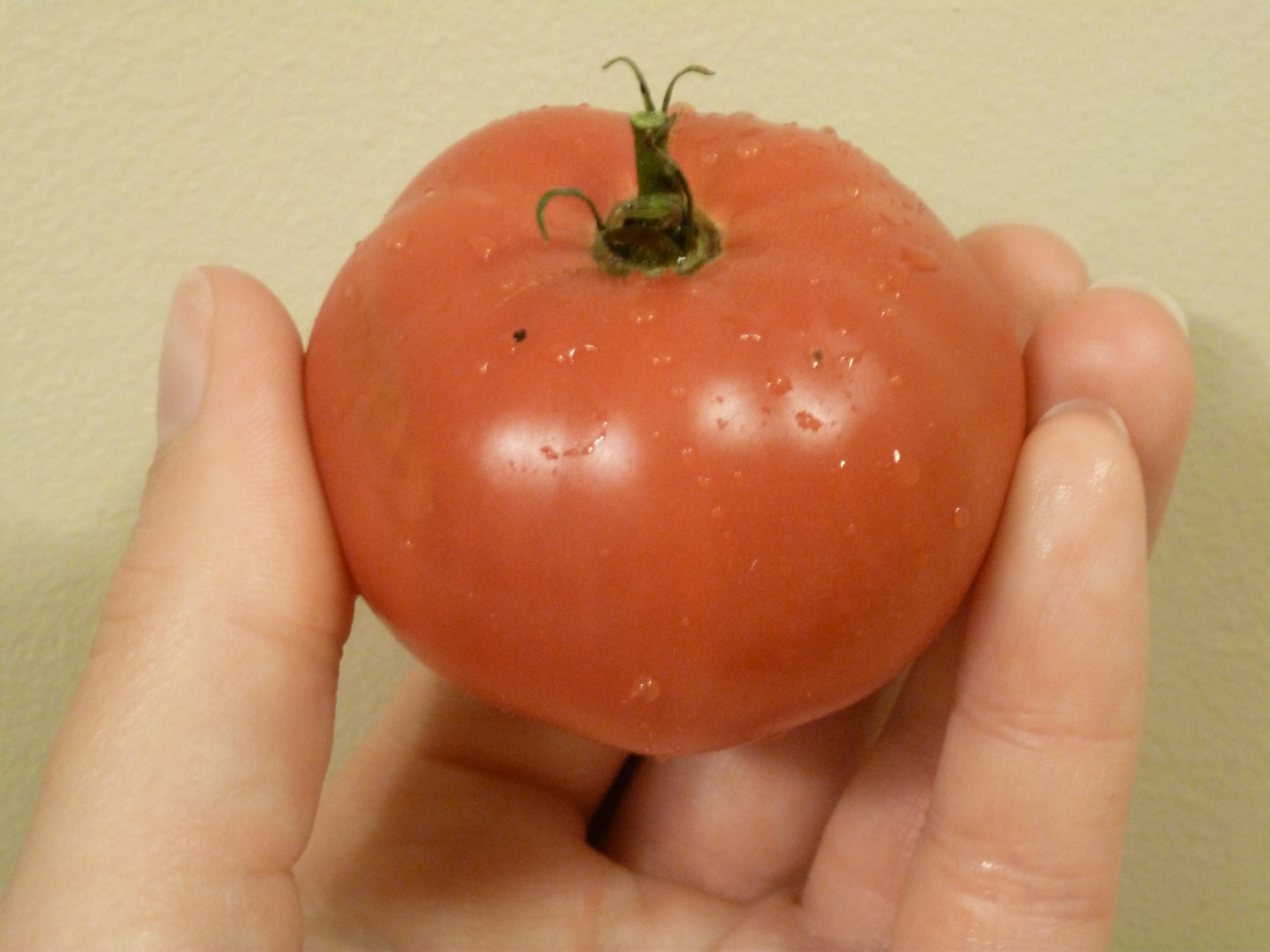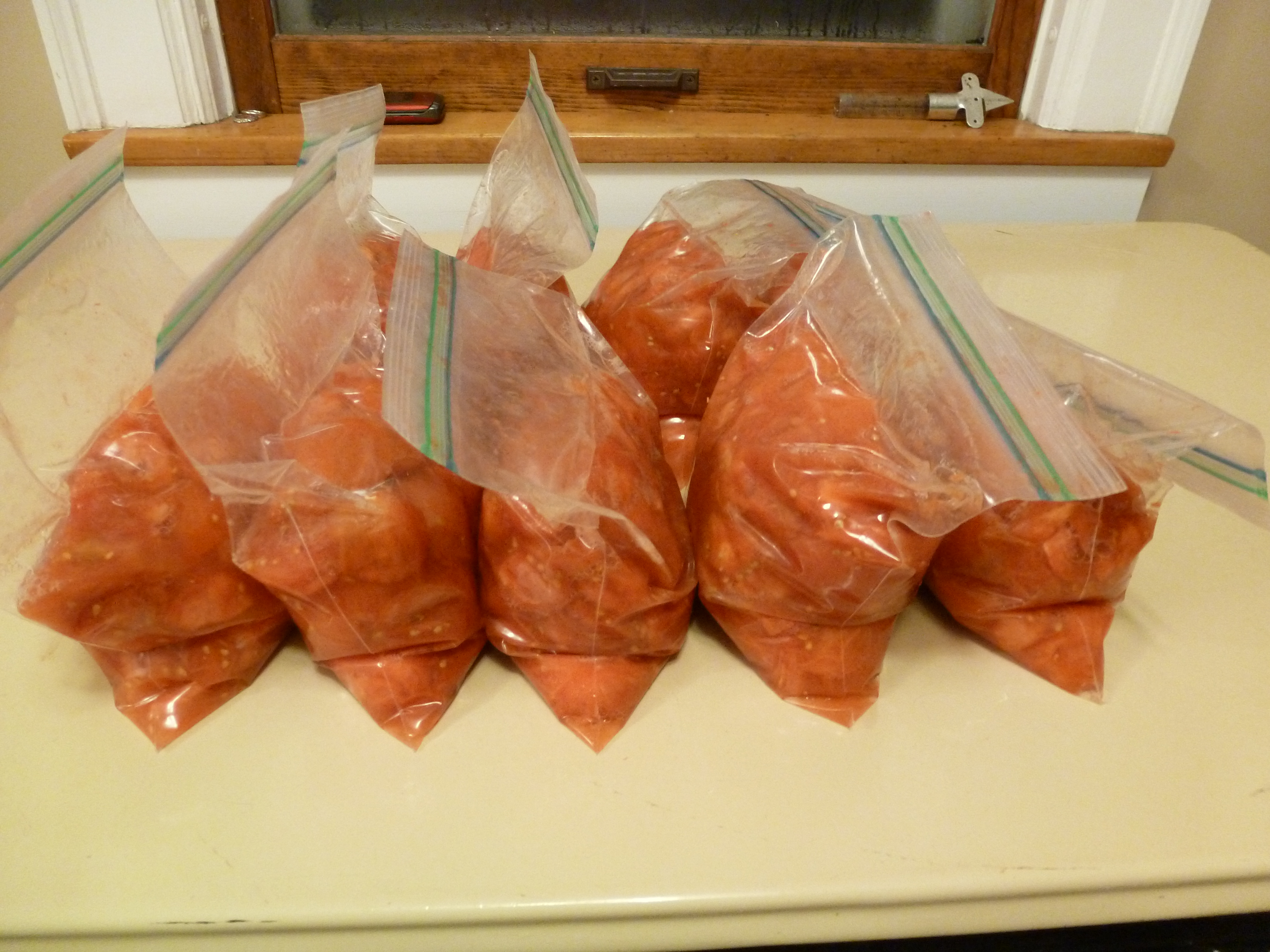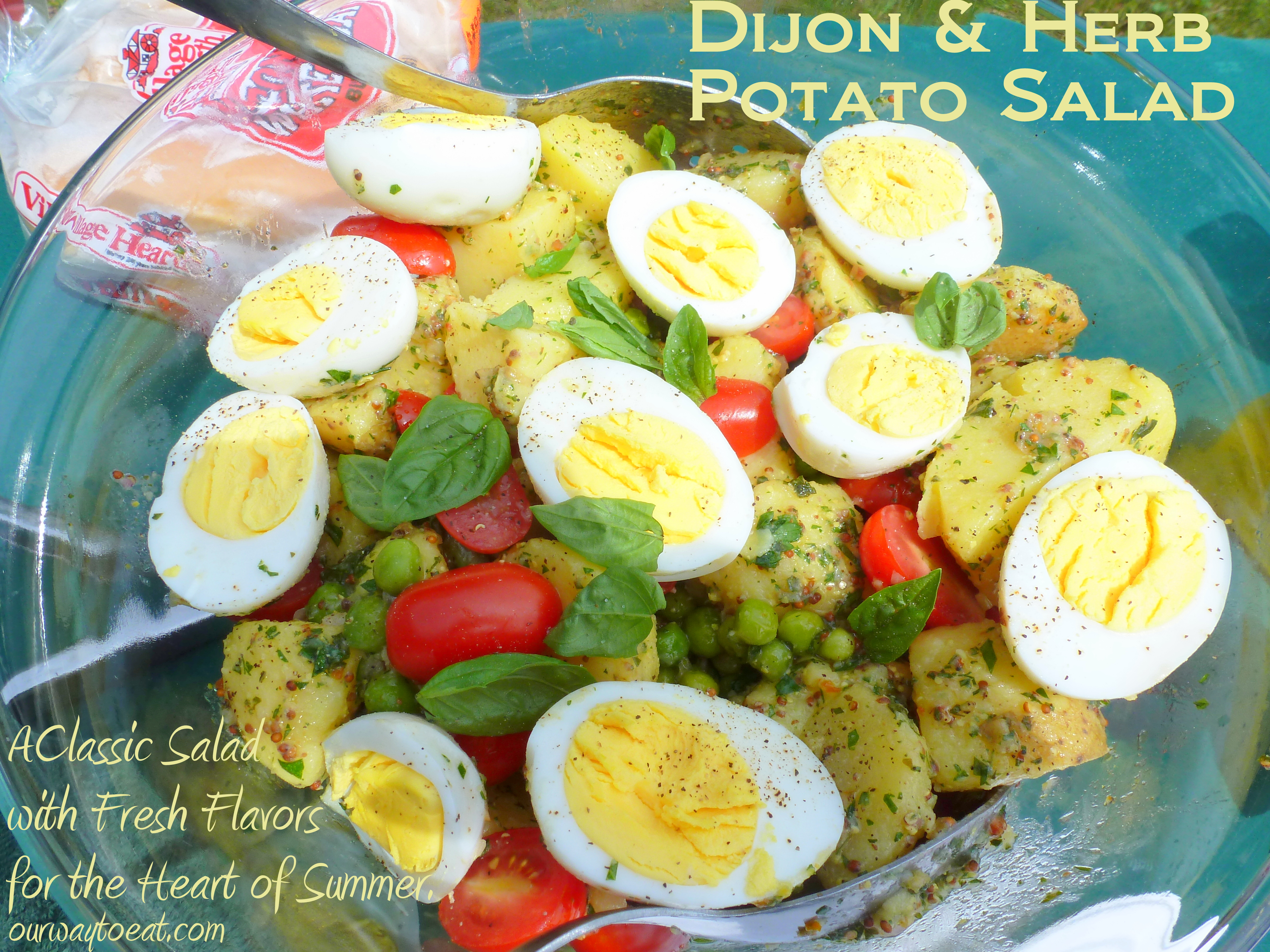 I love the heat, energy and fireworks explosion of people out enjoying life in every possible way that takes place in July; but to me, August is the heart of summer. I savor August days when the pace of life slows down, the garden booms and I can pause to soak in warmth, the natural wonders, brilliant flavors and the easy pace that life settles into at this time of year. I enjoy being able to base my seasons on what is happening outside, instead of on the school year or the sport’s calendar. It helps me keep the summer feeling alive to the last second when the fall chill genuinely takes hold. I understand that for many people, the first sign of a cooler evening, a fallen leaf or the school year looming close marks a change. Even so, it is too early to shift to autumn-cooking mode while the garden and farmer’s market is overflowing with beautiful summer vegetables and fruits. If you have a potluck, picnic or BBQ left on the agenda, trotting out the classic potato salad is probably starting to seem a little dull and repetitive. This is when it is time to turn the traditional potato salad on its heel–add some veggies to the ingredient list, subtract the typical mayo-based dressing. With a few tweaks, you have a bright, fresh twist on a classic potato salad that capitalizes on August abundance and tastes and looks so different, you will forget the creamy classic potato salad recipe you wore out in June and July.
I love the heat, energy and fireworks explosion of people out enjoying life in every possible way that takes place in July; but to me, August is the heart of summer. I savor August days when the pace of life slows down, the garden booms and I can pause to soak in warmth, the natural wonders, brilliant flavors and the easy pace that life settles into at this time of year. I enjoy being able to base my seasons on what is happening outside, instead of on the school year or the sport’s calendar. It helps me keep the summer feeling alive to the last second when the fall chill genuinely takes hold. I understand that for many people, the first sign of a cooler evening, a fallen leaf or the school year looming close marks a change. Even so, it is too early to shift to autumn-cooking mode while the garden and farmer’s market is overflowing with beautiful summer vegetables and fruits. If you have a potluck, picnic or BBQ left on the agenda, trotting out the classic potato salad is probably starting to seem a little dull and repetitive. This is when it is time to turn the traditional potato salad on its heel–add some veggies to the ingredient list, subtract the typical mayo-based dressing. With a few tweaks, you have a bright, fresh twist on a classic potato salad that capitalizes on August abundance and tastes and looks so different, you will forget the creamy classic potato salad recipe you wore out in June and July.
Dijon and Herb Potato Salad– Yield: 6 generous servings, 20 minutes hands-on, 50 minutes total time.
- 2 pounds small Yukon Gold or Red potatoes scrubbed
- 6 eggs, hard-boiled, peeled and halved or quartered
- 1 cup Fresh Peas or String Beans, or a combination of both
- 1 cup grape or cherry tomatoes, halved
- 2 tablespoons chicken or vegetable stock
- 3 tablespoons Tarragon vinegar
- 2 1/2 tablespoons Grainy Dijon mustard
- 8-10 tablespoons olive oil
- 1 minced shallot
- 2 tablespoons fresh dill, chopped
- 2 tablespoons flat-leaf parsley, chopped
- 2 tablespoons basil leaves, chopped, plus small, whole basil leaves for garnish
- salt and freshly ground black pepper
Method:
Drop the potatoes into a large pot of boiling, lightly salted water and cook for 20 to 30 minutes, until they are just cooked through. Drain the potatoes in a colander, then place them in a large bowl with the fresh peas or string beans on top and cover with a clean towel. This allows the beans or peas to steam along with the potatoes for 10 minutes more. Note, this approach worked for me, though if you are nervous about the peas or beans being cooked, add, them to the pot of boiling potatoes for the last few minutes, or steam them separately. Cut the potatoes in half or quarters if they are large. If you used Yukon Gold potatoes, you can slip off the skins right off at this point if you like. Toss the potatoes gently with chicken stock. Allow the liquid to soak into the warm potatoes before proceeding. 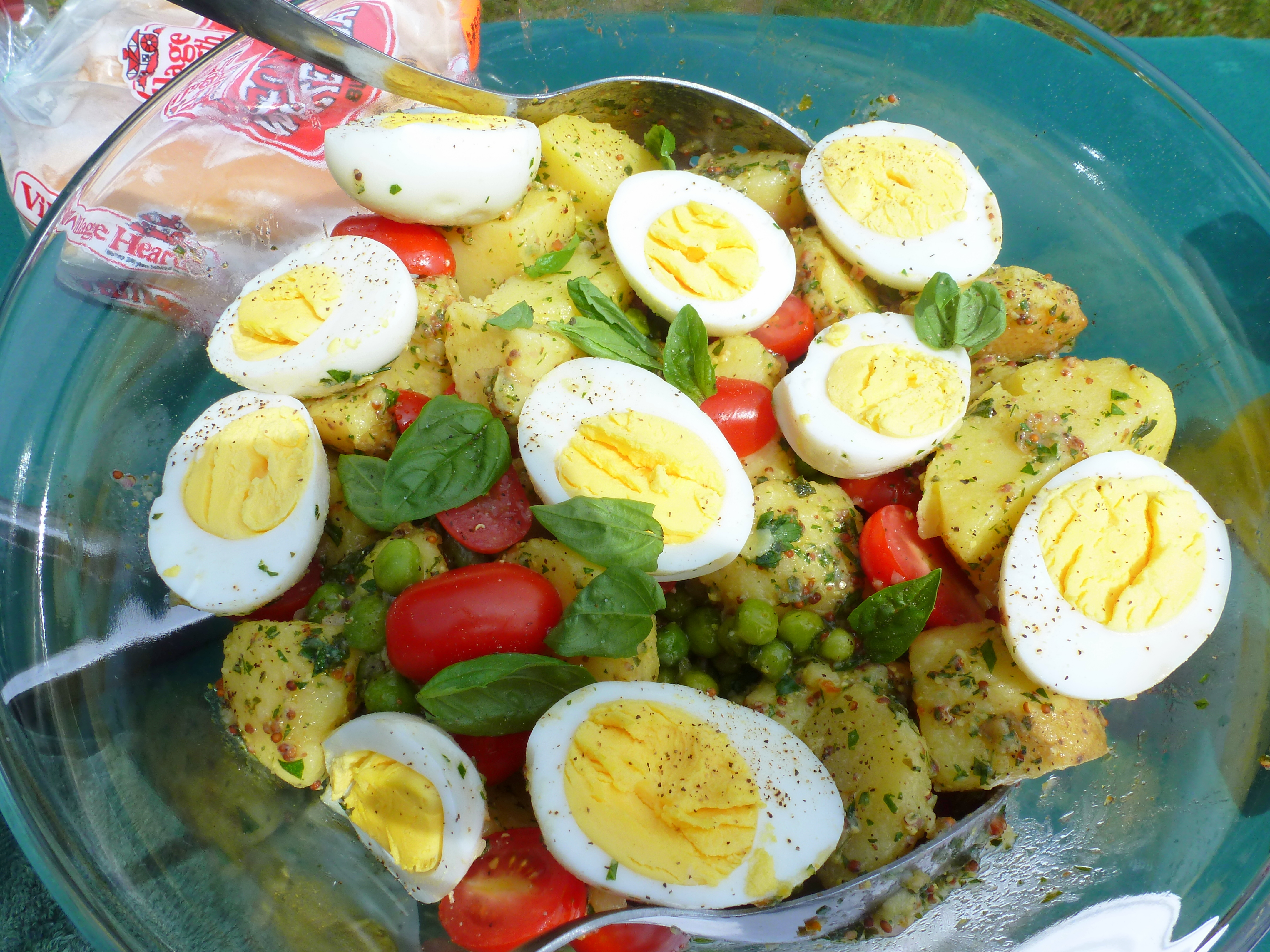
Combine the vinegar, mustard, olive oil with 1/2 teaspoon salt, and 1/4 teaspoon pepper in a small jar with a tight-fitting lid. Shake vigorously to make an emulsion. Add the vinaigrette to the potatoes. Add the shallot, dill, parsley, basil, salt and pepper and gently toss. Just before serving, toss in the halved tomatoes and top the salad with halved hard-boiled eggs, fresh cracked pepper and small basil leaves. Serve warm or at room temperature.

